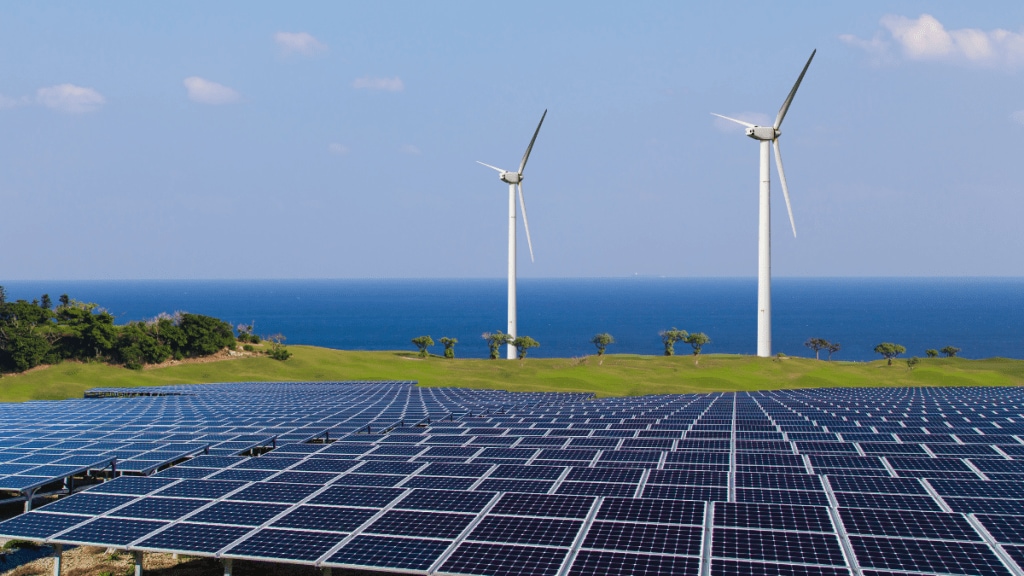India has achieved 50% of its installed energy capacity from renewable sources. The achievement comes 5 years before the set target of 2030 under the Paris Agreement, says the Ministry of New and Renewable Energy.
Pralhad Joshi, Union Minister for New and Renewable Energy, said in a post on X that India’s total installed energy capacity stands at 484.8 GW, of which 242.8 GW comes from non-fossil clean energy sources.
Solar Energy has emerged as the biggest contributor to the renewable energy production in the country. According to the NITI Aayog data, about half of the renewable energy capacity comes from solar energy. By May 2025, the installed capacity of solar energy was 111 GW, followed by wind, 51 GW and hydro, 48 GW.
Furthermore, India had 130 GW of renewable energy capacity. The NITI Aayog data says that India has 130 GW of renewable energy capacity in the pipeline. About 60 percent of the pipeline capacity is expected to come from solar energy.
Key renewable companies in focus amid renewable energy push
As India pushes for renewable energy production, particularly solar energy, several big renewable energy companies like Waaree Energies, NTPC Green, Inox, and Adani Green Energy remain on the radar of investors.
Solar PV module manufacturing companies like Waaree Energies, which has a large production capacity, are bound to benefit from the renewable energy push. Adani Energy’s module sales have increased by 59 percent in FY25 to 4.3 GW, including 1.72 GW of exports. Similarly, Waaree Energies has also bagged big orders in the last couple of months. The company received a 410 GW order from Aditya Birla Renewables in February and another order of 362 MW from Engie India.
Electricity generation companies like NTPC Green are also heavily investing in renewable energy sources, both solar and wind. NTPC has commissioned 1.6 GW of renewable energy projects, and a huge 9.1 GW of renewable energy projects remains under execution. Furthermore, the company has a 9.9 GW renewable energy project in the pipeline.

